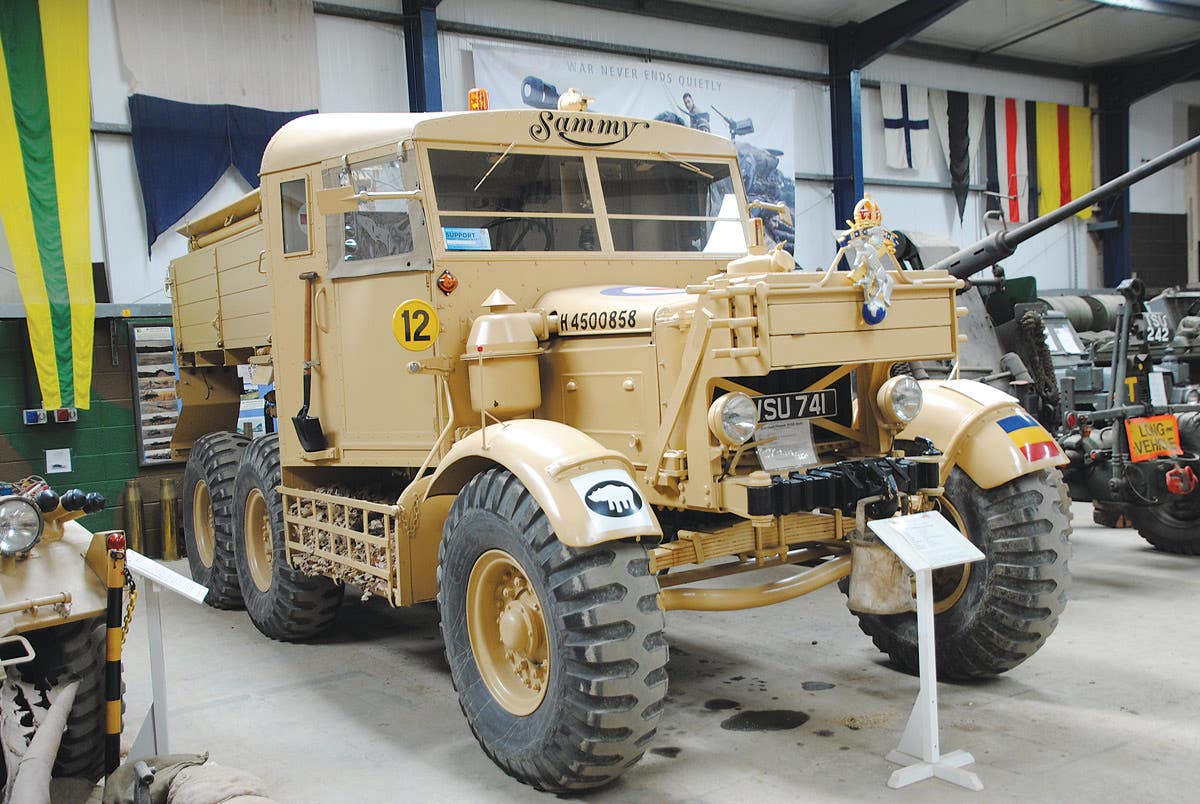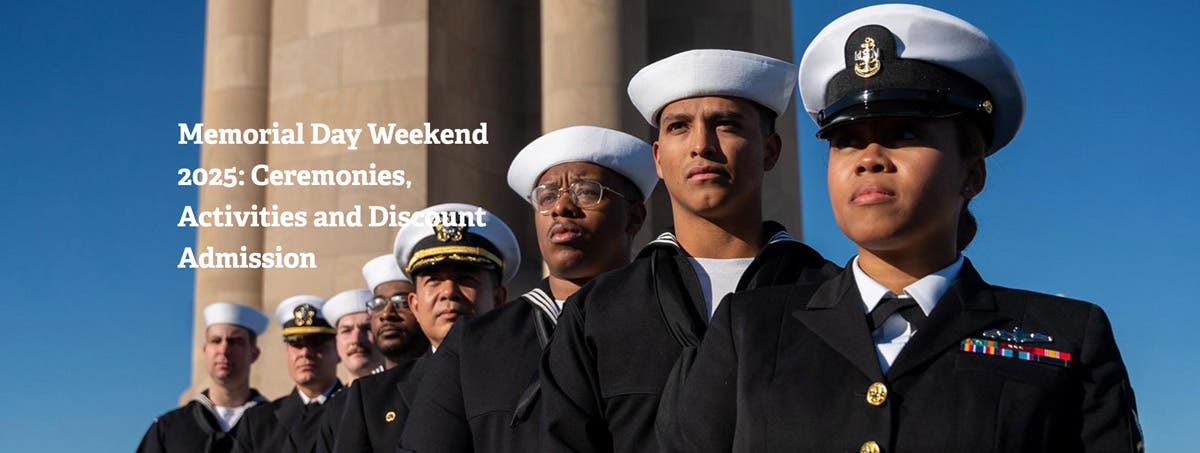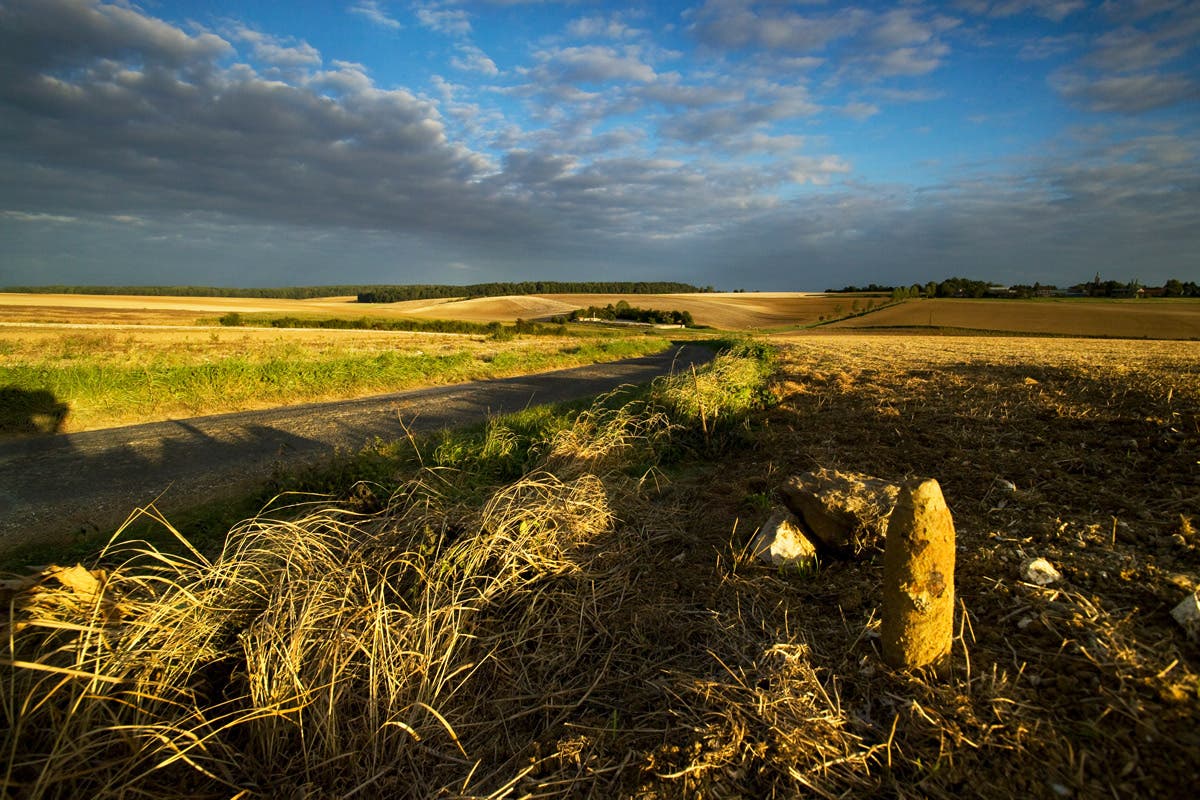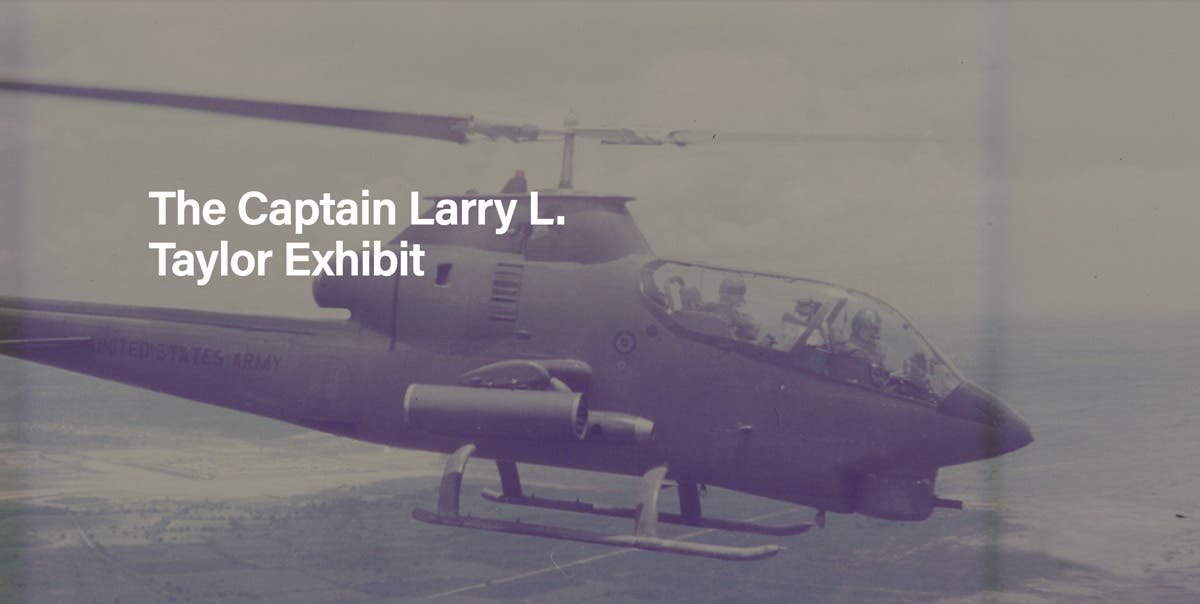There have been harbour facilities at Portland in Dorset, England since the mid-19th century from where Royal Navy ships patrolled this stretch of the English Channel. Over the years and throughout World War I, these facilities continuously improved to make the harbour one of the most import naval bases along the south coast. By the time of WWII it was a modern base, a fact which did not escape the attention of the Germans, who bombed it 48 times. On May 1, 1944 it was taken over by the U.S. Navy and given the designation of U.S. Navy Advanced Amphibious Base (USNAAB) Portland-Weymouth.
That month was busy as troops arrived in the area and VIPs paid visits, including King George VI, Winston Churchill and General de Gaulle. This was where troops of the 1st Infantry Division, ‘The Big Red One’, boarded ships taking them to Omaha Beach on the Normandy Coast. The harbours at Portland, which is almost an island, only being connected to the mainland by a single road, and nearby Weymouth are not particularly large, but through them passed more than 418,000 troops and over 144,000 vehicles of all type and millions of tons of supplies.
There are memorials to commemorate this historical event and even a modern, interactive museum, the D-Day Centre, which tells the story of what happened in Castletown during that time. Unlike many museums which do not encourage the touching of exhibits, this museum allows visitors to handle certain objects as part of the experience. Learning of this refreshing approach to museum exhibitions I decided to travel the 54 miles from my home in Somerset to pay a visit for myself. I thought it only fitting for the occasion that I should borrow a friend’s Dodge WC54 “Weapons Carrier” to make the journey. My wife, Elizabeth, who is interested in visiting locations connected to WWII, said she would like to come along, too, but on the condition she drove. We reached a compromise which ended with me agreeing to her terms.
Being driven in a historical vehicle was a welcome change from a modern car, and it was great to watch the faces of other drivers as they passed us. As we neared the embarkation area at Castletown on Portland, we were struck with the thought this was the same road taken by those troops all those years ago. Parking up and walking to the D-Day Centre, the connections between it and the history it is commemorating became more significant.
Outside the entrance, a Sherman M4A4 confirms you are in the right place. On entering the museum visitors are confronted by an “open plan” display, made possible because the building was originally a warehouse. Whether you are a widely read military enthusiast, or a general visitor, this fascinating display holds a treat for everyone. The exhibition focuses on the American perspective, which is only right because, after all, this was one of the main embarkation points and it was from here that that troops of the 1st Infantry Division departed to land on Omaha Beach. There are also a few British aspects, to show the role played by the Royal Navy in supporting the operation.
On the ground floor there are several vehicles, including a Harley--Davidson motorcycle, an ambulance version of the Dodge WC54 and full-size scenarios to demonstrate the handling of logistics used by the invasion force. Weapons, uniforms, equipment and information boards tell the story of the operation. Suspended from the roof beams is a full-size replica of a Mk IX Spitfire in D-Day identification markings. Weapon collectors can inspect a Bofors 40mm anti-aircraft gun and an M45 “Maxson” mounting with quadruple .50-caliber machine guns. Visitors can sit in the seats used by the crew when firing. A short film presentation plays recordings of interviews of veterans and civilians, who relate their memories of events from the time.
On the upper floor visitors are placed level with the suspended Spitfire, allowing great photographs from all angles. From the gallery, visitors are able to look down on the displays to see them from a different angle. A Jeep, complete with a .30-caliber machine gun mounted, has been brought up stairs for visitors to sit in. Infantry weapons, including M1 Carbine and other weapons are displayed where visitors can handle them. They are attached by chains to hard points, but this still allows the weapons to be picked up. Life-size mannequins in uniforms, including a German, show what the different troops wore during the campaign. Photographs support the displays and the captions provide the right level of information.
From this top level visitors can experience an unexpected surprise. Looking out of the window over the harbour, they will see two gigantic “Phoenix” caissons, which were actually used as part of the Mulberry Harbours to support the landings. These examples were returned to Portland after the war. For anyone who has not seen anything like this before, the sheer size and feat of engineering is impressive.
The amount of time spent on site looking at the exhibits depends on the individual, with some taking longer than others. The D-Day Centre is not massive and what it has on display is enough to interest most visitors for a couple of hours, even for those who have visited the Normandy battlegrounds and landing beaches in France. As a historian who has visited many such museums, I found it to be an interesting exhibition that told everything a visitor would want to know about D-Day. My wife also enjoyed it, and liked being able to touch many of the objects on display.
Full details of opening hours and location hours of opening can be found on the website at: www.castletownddaycentre.com







